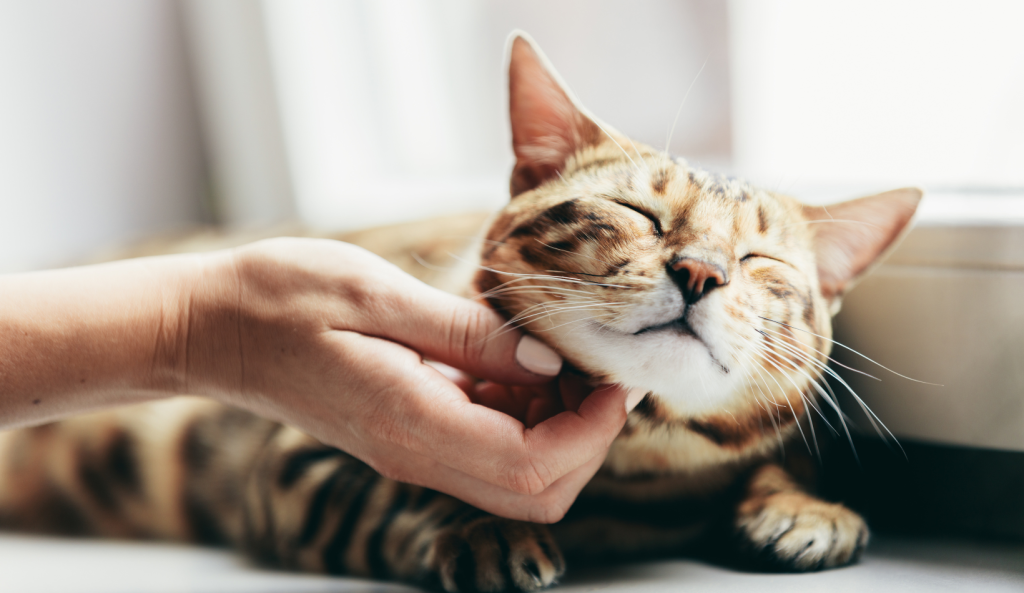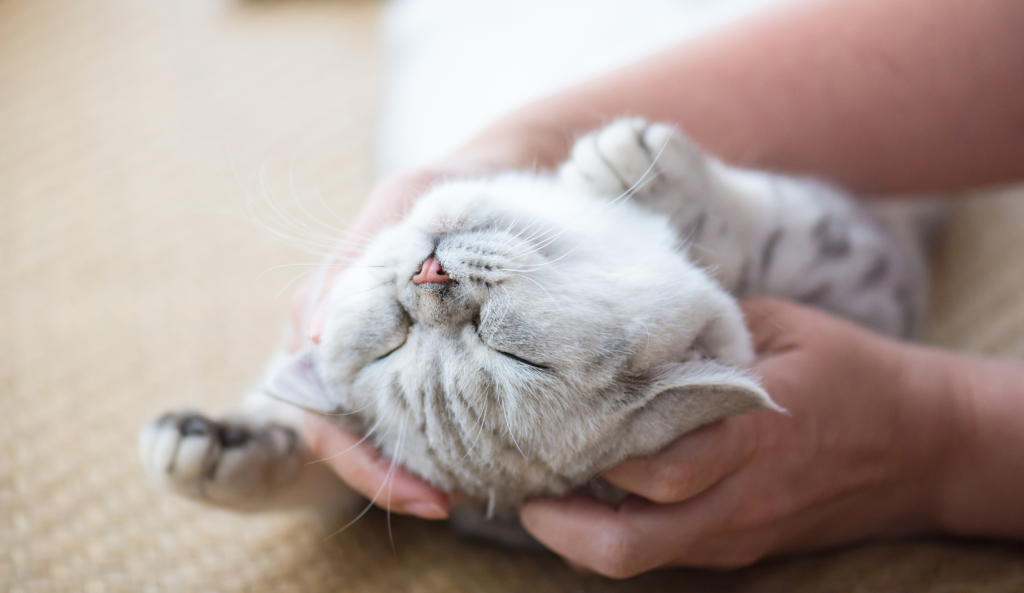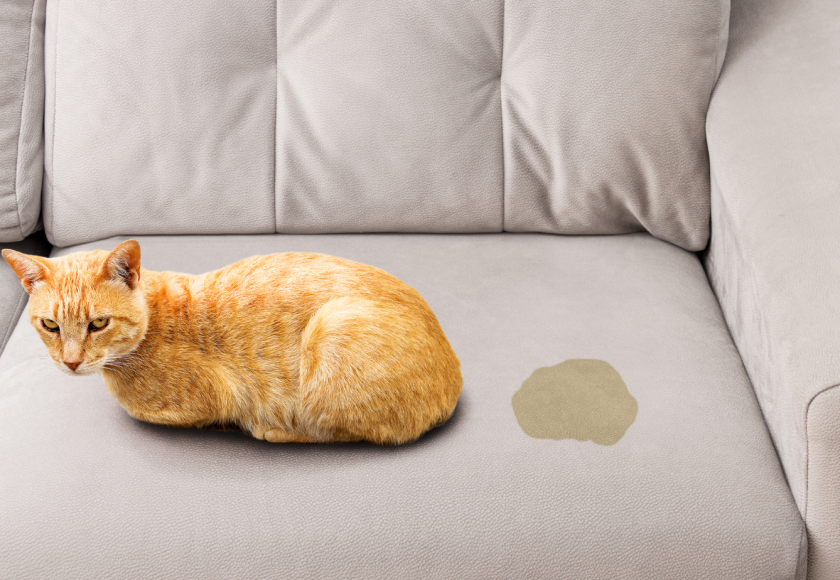Cat sterilization involves the removal of their reproductive organs (ovaries and uterus) during surgery.
Cat castration is a surgical procedure that removes the cat’s testicles and prevents natural fertilization.
Table of contents
Why is it recommended to spay cats?
Spaying cats is the most reliable way to prevent unwanted offspring and protect your cat from hormonal diseases: uterine inflammation, ovarian cysts, mammary gland inflammation, or cancerous tumors.
Sterilizing cats also helps control their behavior during spring and fall mating season. Sterilized cats no longer bother their owners or other animals during mating season.
Why is it recommended to neuter cats?
Cats are usually neutered to prevent fertilization and disease and to normalize their behavior. Cats that are neutered at the right time tend to be calmer, less aggressive, and do not mark their territory at home or outdoors.
Specialists at the Begemotas veterinary clinic in Vilnius recommend neutering pets and other animals that are not intended for breeding or participation in shows.
When is the best time to spay a female cat and neuter a male cat?
At the Begemotas veterinary clinic in Vilnius, veterinary specialists recommend that cats be neutered between 6 months and 1 year of age. But don’t worry if you haven’t had time to do so. Once you have chosen the right specialist, cats can be neutered and spayed at any time that is convenient for you. If a cat has recently given birth to kittens, veterinarians recommend waiting a month until the kittens are weaned from their mother.

Preparing for cat spaying and cat neutering
Before spaying or neutering your cat, it is essential not to feed the animal for at least 8 hours prior to the scheduled surgery. During this period, leave only a bowl of water for your pet. Also, do not let your pet outside to avoid it eating outside or running away.
The specialists at the Begemotas Veterinary Medical Center always recommend performing morphological and biochemical blood tests before performing or planning cat castration or sterilization to ensure the success of the procedure.
How are cats spayed and neutered?
Cat sterilization is performed under general anesthesia. The uterus and ovaries are removed through an incision in the abdomen. After the procedure, the surgical incision is sutured.
Cat neutering is a slightly less complicated surgical procedure. With the cat under general anesthesia, small incisions are made in the scrotum through which the testicles are removed. Unlike spaying, the incisions are not sutured. Sedatives and painkillers are also used before and after the procedures.
Veterinarians recommend inhalation general anesthesia for castration and sterilization. During inhalation anesthesia, the animal inhales and exhales anesthetics with each breath, allowing the depth of anesthesia to be quickly and precisely controlled. Once the surgery is complete and the supply of anesthetic gas is stopped, the cat wakes up from anesthesia within a few minutes.
Our surgeons perform all surgical procedures using the latest and highest quality veterinary equipment, monitoring every second during castration and sterilization to ensure the success of the operation.
Care after sterilization/castration of cats and kittens
After sterilization/castration of a cat/tomcat, it is kept in the hospital for a day until it fully recovers, and only after making sure that the operation was successful and the pet feels well is it returned to its owner and released home.
After the cat has been neutered or spayed, the veterinarian will answer all of the owner’s questions, provide all the information about the postoperative and recovery period, and give them medication to take home. Owners should only ensure that their pet is calm and rested.
It is recommended to wear a protective collar for 10 days after the cat’s castration to prevent the animal from licking the surgical incision wounds.
After sterilization, veterinarians recommend wearing a special protective garment until the stitches are removed to prevent licking of the surgical incision.
After the cat has been spayed/neutered, it will only be able to leave the clinic once it has fully recovered from the anesthesia. After the cat has been neutered or spayed, the veterinarian will provide the owner with all the necessary information and medication for post-operative care. Owners should only ensure that their pet is calm and rested.

Cost of neutering a male cat and spaying a female cat
The cost of spaying or neutering a cat depends on the animal’s weight and the procedure chosen. Medication used before, during, and after the operation is also calculated according to weight.
The veterinarians at the Begemotas Veterinary Medical Center understand how important it is to have a doctor who makes you feel secure about your four-legged friend. We invite you to register in our system for cat castration or cat sterilization.
The specialists at Begemote Veterinary Clinic will help you make the right decisions about your pet’s health and well-being. Contact us for a free consultation.
Frequently asked questions
How much does cat sterilization cost?
The cost of spaying a cat is fixed. The only additional cost for cats is a post-operative shirt or cone, which is chosen by the pet owner.
When can a male cat be neutered?
It is recommended between 6 months and 1 year of age, before they start marking their territory.
When can a female cat be spayed?
From 6 months of age, preferably before the first heat (also known as morčių).
When can a female cat be spayed after giving birth?
3-4 weeks after weaning kittens.
How long does it take for a cat to recover after sterilization?
The animal is kept in the clinic's day care unit until it has fully recovered from the operation and is then released home. The cat can live its normal life after the first day and fully recovers within 10-14 days when the stitches are removed.
Can a female cat be spayed during heat?
It is possible, but it is recommended to wait until the heat is over.
How long does cat sterilization take?
About an hour in total. The operation itself usually takes 30-40 minutes, and the preparation for the operation takes the same amount of time.
At what age can a cat be spayed?
From 6 months, depending on health condition.
Do spayed cats go into heat?
No, because the ovaries and uterus are removed.
How should a cat be cared for after spaying?
Rest is required for the first few days. Then, for two weeks, monitor the incision, wear protective clothing or a cone, and follow the veterinarian's instructions.





